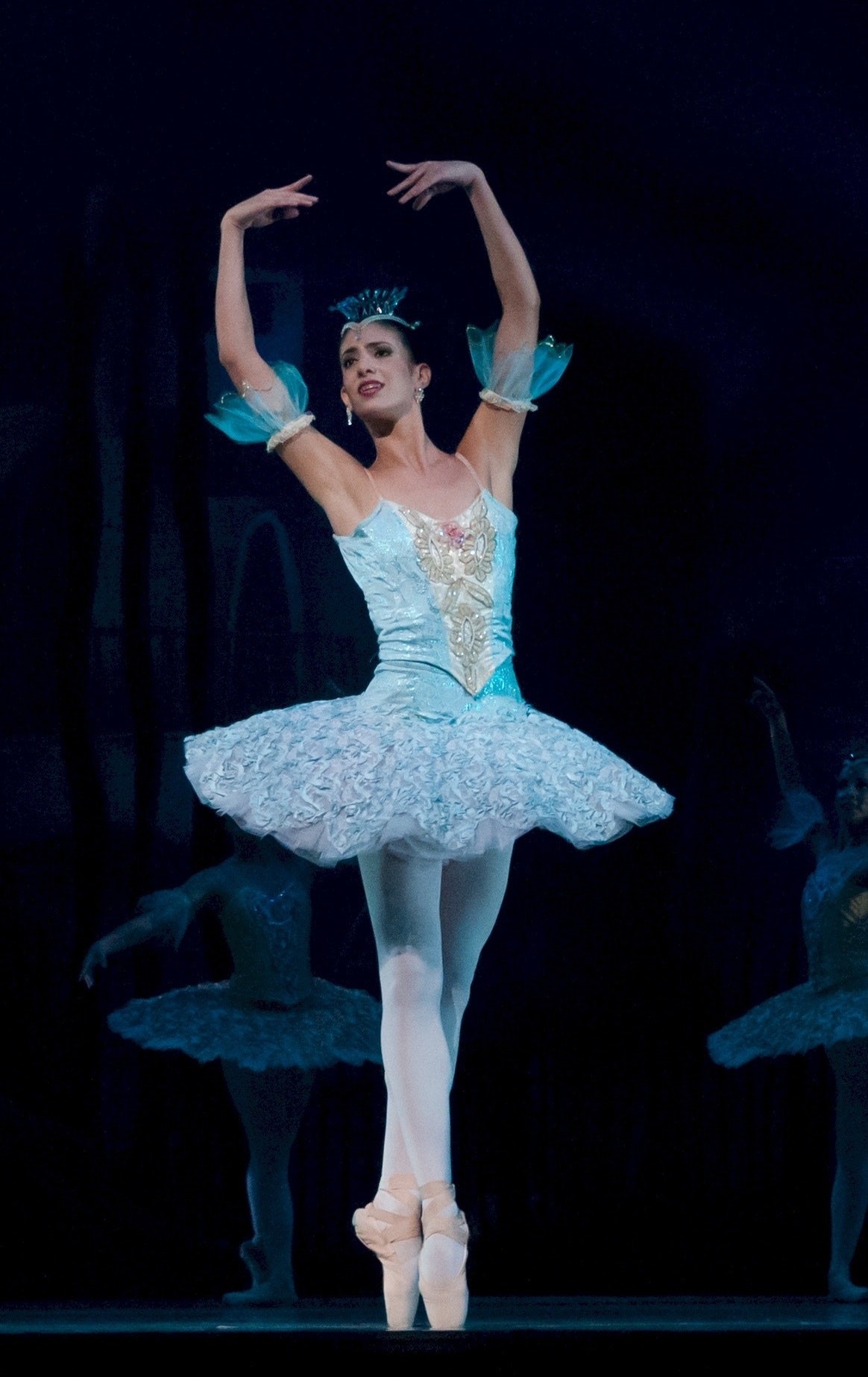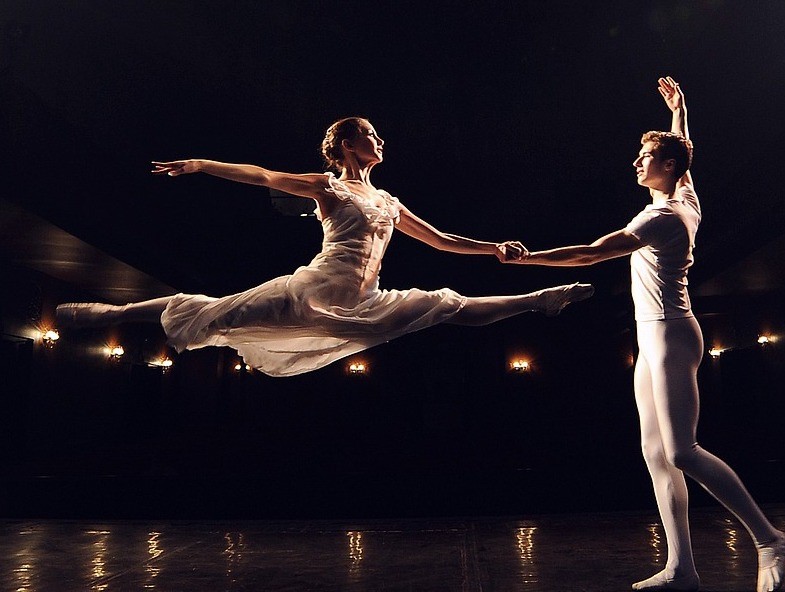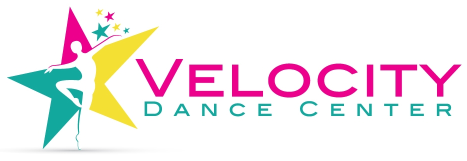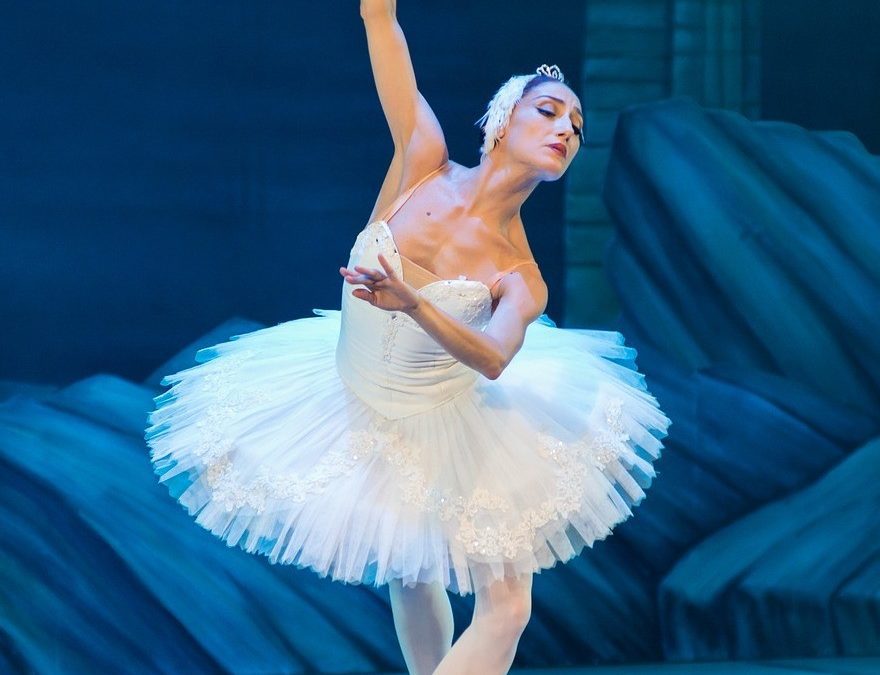Ballet is considered to be one of the most disciplined styles of dance, requiring precise technique and passion for succeeding. At Velocity Dance Center in Oklahoma City, we focus on developing a strong foundation for ballet at any age. Though there are many different steps and styles to ballet, the technique of ballet is based on seven fundamental movements.
Plier
(pronounced plee-AY)
Plié is a word that means to bend and is used to describe the bending of the knees and ankles. Pliés are one of the first movements learned at the barre and is the most critical step in ballet. Once mastered, it allows you to use the knees and ankles to absorb the force of your movements fluidly. This movement is what enables ballet dancers to look so effortless and graceful.
Étendre
(pronounced ay-TAHN-druh)
Étendre means to stretch and describes the stretching of the toe, ankle, and knee, which then results in a straight leg from hip to pointed toe. Tendu is stretching exercises that are typically performed after pliés and are critical to building foot and leg strength.
Glisser
(pronounced glee-SAY)
Glisser means to glide and describes the sliding movement of the feet across the ground. Gliding the foot across the floor will help you to propel the leg smoothly into extension and off the ground.
Relever
(pronounced rel-UH-vay)
Relevé means to rise and describes the lifting of the heel off the ground to balance on the balls of the feet. Women may also rise to the tips of their toes if they are in pointe shoes. Relevés builds strength throughout the whole body, but it especially strengthens the foot, calf, and ankle muscles. When executed correctly, it can look as though the dancer is floating.

Sauter
(pronounced soh-TAY)
Sauté means to jump and is the natural next progression from the relevé. The dancer starts in plié and pushes up into the air, leaving the floor with toes pointed and legs extended. The most challenging part of sauté, though, is landing softly and quietly. This movement takes a tremendous amount of strength and control to master, which takes years to develop.

Tourner
(pronounced toor-NAY)
Tourné means to turn around and describes any turning of the body. You can turn in place, across the floor, or in the air. A pirouette is a turn that is done on one leg while the dancer is stationary.
Élancer
(pronounced ay-Lahn-SAY)
Élancer means to dart and refers to movements done in a darting manner. Specifically, they are movements done just along the surface of the floor with strongly stretched legs and pointed feet, similar to jumping.
Ballet Creates Beautiful Art that Tells a Story
Choreographers use these basic movements, along with various positioning of the arms, legs, and feet, to create beautiful pictures that tell a story and communicate emotions. When it is all put together, dancers can create some of the most beautiful and emotional pieces of dance.
Building a strong foundation in ballet’s seven movements is the core of any ballerinas training, and it is essential to start early. Teaching children ballet is about much more than just training in proper technique and form. Children who learn ballet will learn to follow instructions, and they gain discipline through learning and mastering the different positions. They also gain balance, coordination, and how to control their bodies while in motion. These skills can help them succeed in whatever they choose to do in life.
Velocity Dance Center Can Teach Your Child How to Fly
Located in Oklahoma City, Velocity Dance Center offers ballet classes to a wide range of ages, starting at age 2. We also offer pointe to our more advanced dancers. We have students from Mustang, Piedmont, Edmond, Yukon, and beyond. Learn more about our programs here. Enroll your child here and help them learn the beauty of dance.

